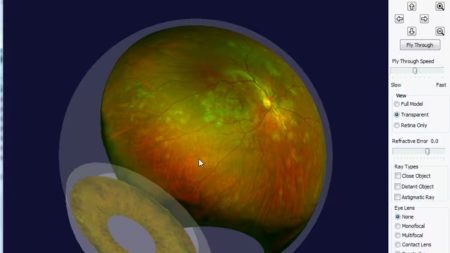Retinal Imaging
VR Technology
VR headsets are being implemented more in eye care. These technologies are more efficient, more effective and make the testing faster and more comfortable. Eye Q utilizes the OLLEYES VR headset for a variety of specialty testing.
Neurolens
NEURLOLENS is the first game changing optical advance in 50 years. Traditional lenses correct for your focusing needs, NEUROLENS corrects for your focusing needs AND addresses eyeball alignment. None of us are made by a machine, we are not 3-D printed and we are not perfectly symmetrical. Some people have feet of slightly different sizes, most people have one ear higher than the other and need their eyeglass frames adjusted and almost everyone has some degree of eyeball misalignment. Small amounts of misalignment are comfortably corrected by your eye muscles, but a little bit more creates many possible symptoms that traditional glasses have never been able to address. Headache, eye strain, motion sickness, dry eye, light sensitivity and even neck pain can be the result of poor misalignment. NEUROLENS is a combination of a very precise measuring device (soon to be a VR headset) and advanced eyeglass optics that correct this misalignment. NEUROLENS has been very helpful for patients with head trauma (concussion) as this often causes alignment and coordination issues of the eyes.

